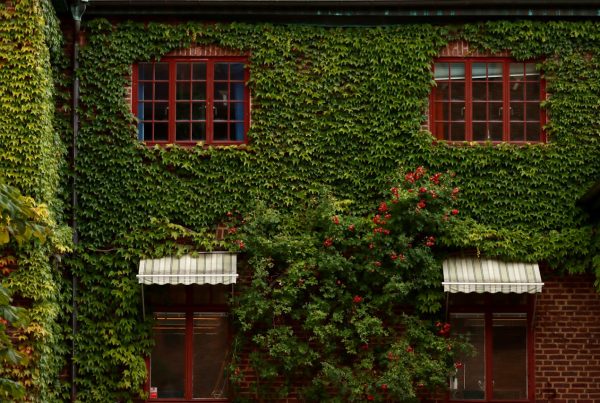When LEED v4 became official last year, it finally ushered a new era of transparency for the green building community. It was about time—LEED was two decades old, and along with that maturity comes a more aggressive stance on the issues that desperately needed addressing, particularly the full disclosure of manufacturers regarding their products.
We need that transparency—even if that means a lot of paperwork, even if that means more information than we can handle. For so long, we’ve trusted manufacturers when they made claims about their products being low-impact, or toxic-free, or 100{e3829ec1db02d54faaf9fa2de0d48db26af01d7a7944a63c3b26976124791cab} sustainable, but no one has really made the necessary verifications. Material transparency is the new green. And that’s what LEED v4 is trying to inspire in everyone.
Exhaustive and Detailed
At first glance, the Materials + Resources (MR) Credits 2, 3, and 4 look something like what an obsessive compulsive might be interested in. These suite of credits require very exhaustive and detailed specifications regarding product ingredients, raw material sourcing, life-cycle information, Environmental Product Declarations (EPDs), Health Product Declarations (HPDs), and even impacts on the environment and society. It’s a lot of documentation, but since everyone’s health and welfare is at stake, the effort is worth it.
Problem is not all the information LEED designers need are available. Few manufacturers have bothered to fully disclose their products’ ingredients, impacts, LCAs, EPDs, and HPDs—and this lack limits a project’s options. Even in China, one of the leading nations actively involved in green building, there were virtually no testing centers when LEED v4 came to the picture, making it difficult to pursue MR credits under the new version.
Even more saddening is the reaction of some members of the manufacturing industry to LEED v4. A lot of LEED-bashing was directed towards the USGBC and LEED, presumably from these companies whose products were facing exclusion from the new guidelines. But just think of it: if all that energy and money spent on smear campaign and other black propaganda were instead used on redesigning, reformulating, and reinventing products and processes that comply with green standards, then there wouldn’t really be any problem.
In the first place, these companies should have known better. Toxic chemicals like formaldehyde, plastics, vinyl, and petroleum simply have no place in green building. Add to that, clear-cut timber. One could argue instead of trying to subvert LEED, these companies had better be working instead with the USGBC and other legitimate groups to fine-tune their products.
Material Transparency Keeps Manufacturers Honest
LEED v4 is admittedly harsh and strict, and it’s a radical change—one that should have been done a long time ago. But it’s all for the better. To quote USGBC chair Beth Heider: “If you create a really tight, energy-efficient building and fill it full of noxious materials, you’ve created the perfect gas chamber.” That’s particularly true for the healthcare sector, where material transparency is doubly important. There’s a learning curve to LEED v4, that’s for sure, but it’s bound to get easier and more manageable in due time.
Material transparency is something we definitely should embrace if we’re truly serious about green building. LEED v4 only wants manufacturers to come clean and be honest, not discriminate against them. If they truly had nothing to hide, they wouldn’t be protesting and backlashing this much. If they know their materials are not the greenest option out there, then maybe it’s time they did something about it.












